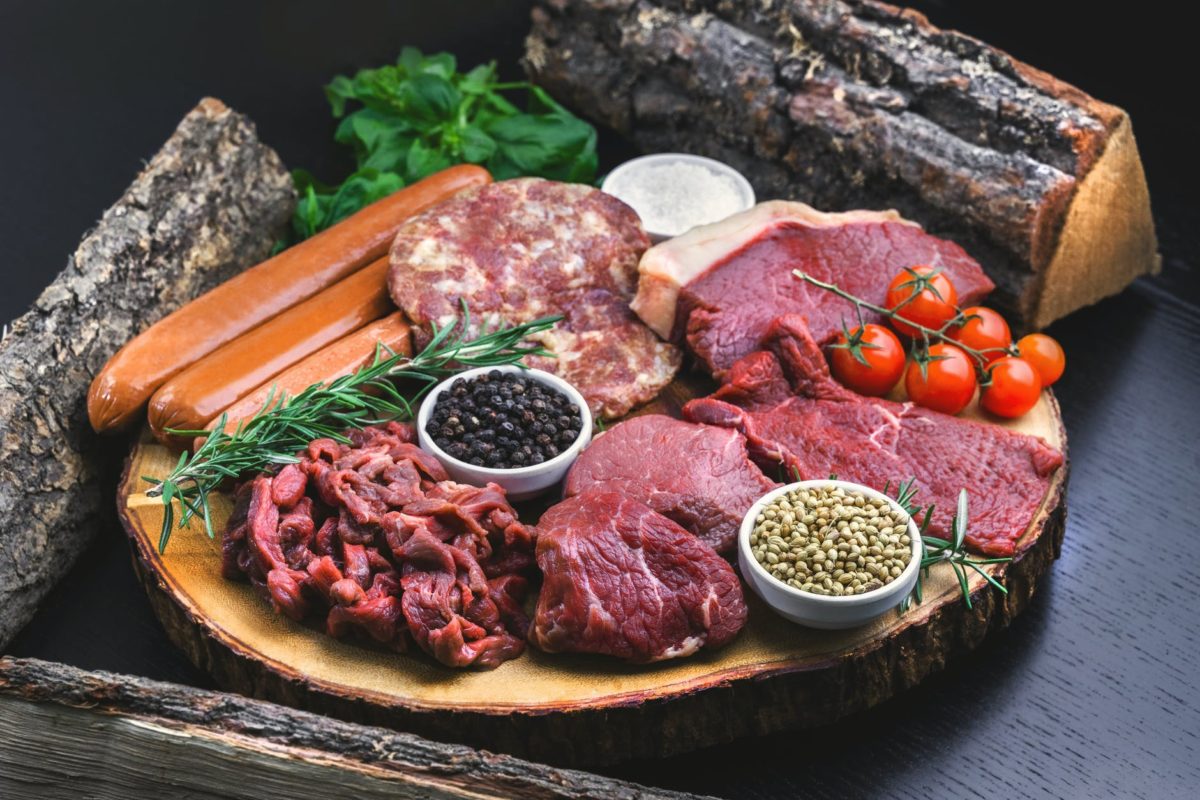As we already know, the consumption of meat en Spain has been the subject of several controversies. In this medium we address the declarations of Alberto Garzon, minister of Consumer goods, in which he appealed to reduce his demand. Well, just today we give concrete figures that will help you understand the matter. The data comes from a survey conducted by Imop-Berbës, an agency that works with healthy brands. Does it influence edad when eating meat? How do young people buy it? Find out!

How many times a week do we eat meat in Spain?
First of all it is to emphasize that almost three quarters (74%) consumes between one and four servings of meat per week. As for those who eat it five to six times the percentage amounts to 14%. To top it off, the 7% consume more than seven servings! On the other hand, among those who consume it the least we have the purely vegetarian with a percentage of 3%. This rises to 7% among people between 8 and 8 years old.
As for geography, Galicia I know the most meat consume in Spain. To be exact, a fifth (20%) of Galicians do it five or six times a week. Valencians also stand out because 10% of them consume meat more than seven times a week.
If we talk about animals, the ones that come out the best are birds, with 68% of people who eat them regularly. They are followed by bovine /40%), the pig (35%) and the rabbit (4%). The sheep and goat play a residual role, unlike in majority countries Muslim, with 1%. So, we have already touched on the subject of animals. It would be interesting to break it down by genre. It is curious that women consume more poultry than men (3% and 74%, respectively). These prefer pork (62% compared to 2%).
The European Parliament calls on the EU to promote a plant-based diet and reduce meat consumption to fight cancer https://t.co/Bc0fHA3S0b
– Good and Vegan (@BuenoyVegano) February 23, 2022
Where and how do we buy the meat?
The ways of acquiring meat have also changed. They have evolved from traditional marketIn the Butcher shop and more recently to supermarket. This, so ubiquitous for many people due to the fact that it brings everything together in the same place, is not the only option. Thus, 42% of Spaniards buy meat in the super, while 39% do so in the butcher shop. Meanwhile, 1% obtain it in traditional markets.
It may come as a surprise that those who consume the most in the supermarket are people between 35 and 44 years. Young people (between 14 and 24 years old), however, are the least likely to opt for this type of establishment. They prefer to go to the butcher shop, as do people over 65 years. On the other hand, they are Basques (52%) and the andalusian (48%) who most go to butcher shops.
To finish, we emphasize that the majority of consumers never pay attention to the labeled of the products (43%). Against this figure we have a 36% of people that yes it does. On the other hand, there is also 14% who only look at it sometimes. As a curious fact, those who look at the labeling the most are the population between 45 and 54 years old (48,4%). Surprisingly, only young people between 25 and 34 years of age do it the least (47%). The proportion is the same in the third age. How long do you think these patterns will last before changing?






